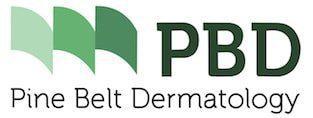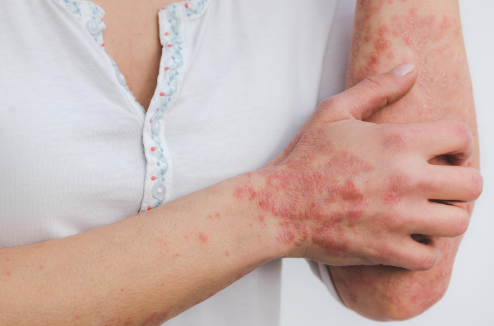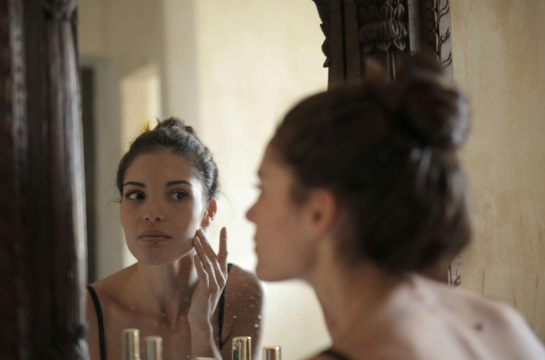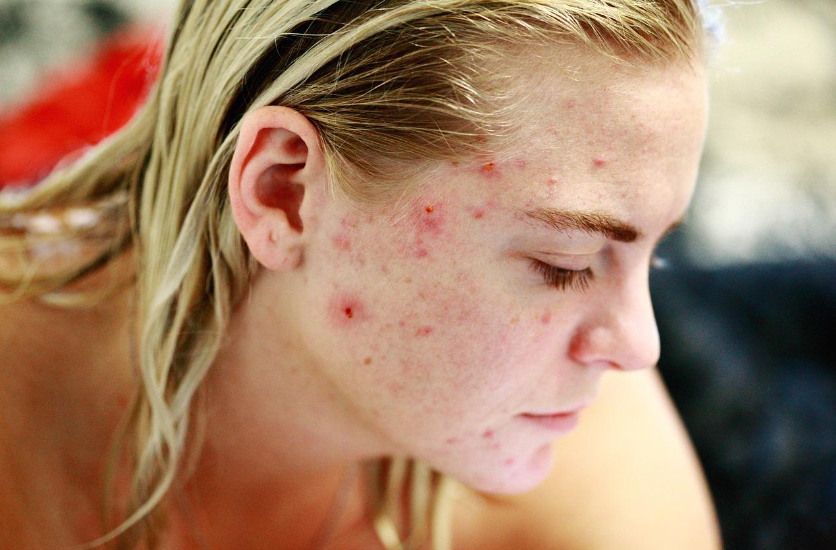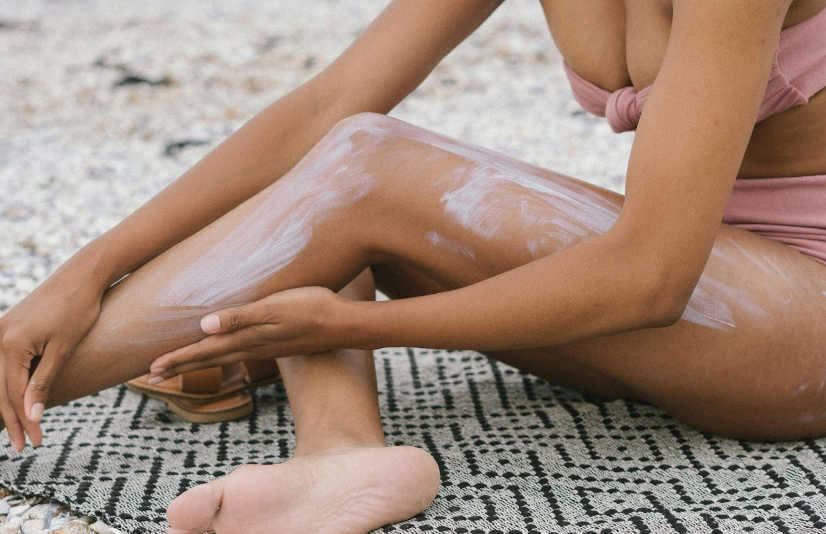What Is Acne Inversa (Hidradenitis Suppurativa)?
What Is Acne Inversa (Hidradenitis Suppurativa)?
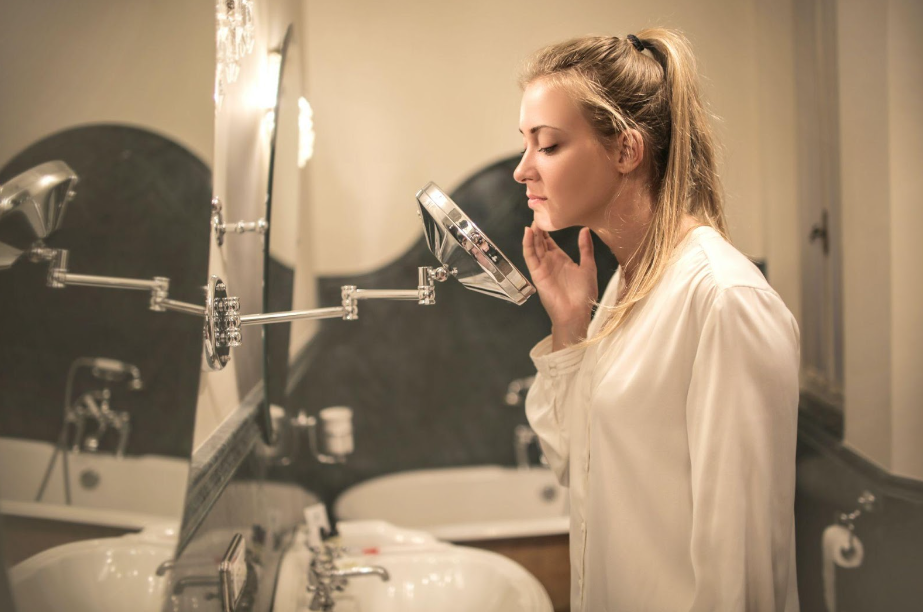
Did you know that according to research, about 0.03% to 4% of the population worldwide suffers from acne inversa? What is this phenomenon and how can it be treated? Read on for a full guide on acne inversa including what symptoms to look out for and how it can be treated.
What Is Acne Inversa?
Acne Inversa, scientifically known as Hidradenitis Suppurativa (HS), is a chronic, inflammatory, and recurring skin disease that typically presents post-puberty (children in their teens or adults entering their twenties might experience it). It involves your hair follicles and sweat glands and is characterized by painful, deep-seated inflamed lesions or boil-like lumps that emerge under the skin.
You will often find this type of acne occurring in areas where the skin is constantly rubbing against more skin (such as the armpits, buttocks, breasts, groin, inner thigh, etc.). In terms of appearance, the lumps most resemble pimples.
In some cases, the lumps may break open, which can lead to abscesses draining fluid and pus. Once these abscesses start to heal, you may experience some sort of skin scarring. Additionally, it is important to note that there are three types of acne inversa:
- Mild HS: Characterized by only one or a few lumps in an area of the skin.
- Moderate HS: Includes recurrences of lumps that get bigger and break open. These lumps may form in more than one area of the body.
- Severe HS: Occurrence of widespread lumps, scarring, and chronic pain, which can make it extremely difficult to move.
So, What Causes Acne Inversa?
The lumps will form if the hair follicles/sweat glands get blocked (however, the cause of the blockage is unknown). According to experts, the hair follicles may become inflamed due to abnormal growth of cells. The blocked hair follicles will trap the bacteria, leading to inflammation, scarring, and rupture.
Some key factors that can cause acne inversa include genetics, environmental factors, hormonal issues, and so on. Contrary to popular opinion, HS is not caused due to poor hygiene, and more importantly, it cannot be spread to others. It is also not a sexually transmitted disease.
That said, this disease is more commonly seen in the following people:
- Women
- People who have acne or diabetes
- People with a heart disease
- People who have severe patchy hair loss on the scalp (also known as Dissecting Cellulitis)
- People who have a family history of acne inversa
- People who are overweight
- People who suffer from inflammatory bowel diseases such as Crohn's
- Women with hormonal disorders such as Polycystic Ovarian Syndrome
- People who have a high body mass index
- People who smoke regularly
- Children hitting puberty (around 11 years of age)
Generally, it has been seen that it can occur to anyone up to the age of 40, and can occur as early as 11.
What Are the Symptoms of Acne Inversa?
The symptoms of HS will vary from person to person. As mentioned earlier, the general symptoms of acne inversa include:
- Small, pitted, and swollen skin areas that comprise blackheads
- Red, painful lumps or pimple-like boils that tend to get bigger and break open
- Abscesses in lumps that drain fluid and pus
- Constant itching and unpleasant odor (due to the presence of bacteria)
- Slow-healing and recurring abscesses that generally lead to scarring as well as tunnels under the skin
Apart from the factors mentioned above, remember the following pointers in terms of how HS may affect you:
- Sometimes, you may have breakouts reoccur in the exact spot
- Alternatively, the breakouts may happen in the same area (but not in the exact same spot)
- You may have constant breakouts in the skin over a period of time
If someone possesses a severe form of HS, living day-to-day life can get difficult as your mobility may get affected. Additionally, if HS occurs in recurring cycles, the constant breakouts and healing can cause the abscesses to build deep within the skin tissue. It can also make the affected skin area thicker in nature.
In severe cases, this hardened scarring can make it difficult for you to move. You may also notice fistulas forming inside the body, which are hollow passages that are extremely painful and can only be repaired by surgery. All these factors can lead to anxiety and depression in the individual, and as such, it is wise to look into treatment early.
How to Diagnose Acne Inversa
Unfortunately, there are no specific tests for diagnosing acne inversa. This is why it is often misdiagnosed, particularly in the early stages. If you think you have HS though, it is best to consult with your doctor, ideally a board-certified dermatologist. They will do the following:
- Enquire about your medical history pertaining to skin issues
- Take a detailed look at your symptoms, which includes examining the skin on your lumps as well as taking a sample of the skin/pus (if needed)
- Conduct a physical exam
- Make a note of where the bumps/boils are located
- Ask questions about the duration of the presence of the bumps and if they tend to disappear and reappear
- Ask you to take a blood test, which can help confirm a diagnosis of acne inversa
- Do a biopsy and take a skin sample if they notice that pus is present to rule out the presence of other skin conditions
How to Treat Acne Inversa
The first thing that you need to make a note of is that there is no cure for acne inversa. In rare instances, HS may clear up on its own if it is a mild case. However, if you get an early diagnosis, you can prevent the issue from worsening and lower your chances of scar formation. The treatment options available to you focus on alleviating the symptoms.
Additionally, note that the following treatment options should not be followed without consultation. You need to understand the severity of the disease by consulting a doctor and following a customized treatment plan. Here are the treatment options available to you:
- Your doctor may prescribe medicines (such as steroids, antibiotics, pain relievers, etc.) to reduce the inflammation. These medicines can be oral or topical. In severe cases, you may need an injection.
- They may also suggest surgery to get rid of lumps and scars.
In addition to the options mentioned above, make sure to follow these best practices that can help if your skin is irritated.
These home remedies are ideal for people with mild symptoms:
- Wearing loose-fitting clothes to lower the chances of skin rubbing against each other
- Ensure that you are maintaining an optimal weight, as extra weight can cause friction in the skin
- Quit smoking
- Do not shave the affected area
- Eat healthier and exercise regularly
- Make sure to clean the affected area with a good-quality antibacterial soap
- Avoid excessive exposure to humidity and heat
- Take extra care so as not to injure your skin
- Take a warm bath
- Apply warm compresses to the affected area, twice a day, for at least 10 minutes at a time
- Ask your doctor if you can apply any kind of topical cleansing agent, such as antibacterial soap, or antiseptic to get rid of the bacteria
- Take anti-inflammatory medications under your doctor's guidance
If you have moderate symptoms, opt for the following treatments (under expert guidance):
- Ask your doctor for corticosteroids such as prednisone, which can lower the intensity of pain and swelling
- Seek anti-inflammatories, such as ibuprofen, naproxen, and celecoxib
- Understand the type of antibiotics to take, such as tetracycline, erythromycin, etc.
- Ask for any erythromycin-based skin cream, which can help treat infected lesions
- Additionally, you may need other medications such as retinoids (which are merely a simple acne-fighting drug) as well as birth control pills (to lower the hormonal ill-effects of hidradenitis suppurativa).
If you have a severe case of HS, the following treatment options may help:
- Undergoing laser treatment to get rid of new, deep-seated breakouts
- Undergoing a procedure called deroofing, where breakouts are turned into scar tissue
- Undergoing a session of draining your abscesses to provide additional relief
- Undergoing surgery, such as cutting out lesions and engaging in skin grafting to remove larger areas of the skin and scar tissues. In some cases, a skin graft will be taken from a healthy part of the body to replace the lost skin.
To treat HS, you may need to engage in a combination of treatments and best practices as outlined above. One final piece of advice, since doctors don't understand exactly what causes acne inversa, preventing it can be challenging.
If you are on the lookout for a skin care center that focuses on providing personalized and quality care, look no further than
Pine Belt Dermatology. From general dermatological services to cosmetic services, we can take care of all your skin care needs. Trust our experienced team of experts to get you back to feeling healthier and happier.
Make an appointment today and give your skin the best care it deserves.
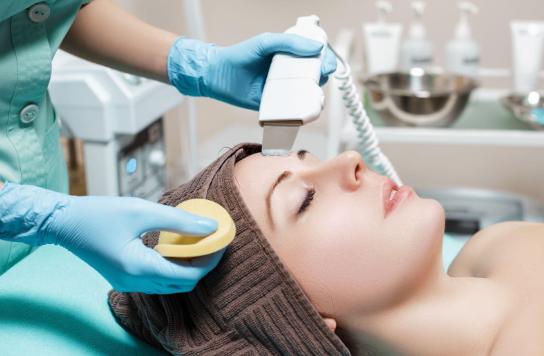
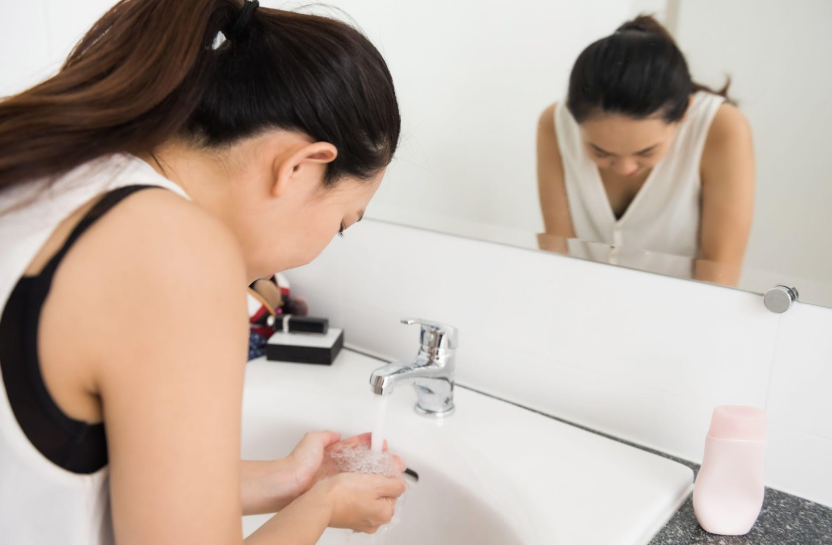

Petal Office
Phone:
Fax:
601-336-7826
Address:
Hours of Operation:
Mon-Fri: 8:00am to 4:30pm
Hattiesburg Office
Phone:
Fax:
601-475-9969
Address:
Hours of Operation:
Mon-Fri: 8:00am to 4:30pm
Ellisville Office
Biloxi Office
Phone:
Fax:
228-232-0874
Address:
1009 Tommy Munro Drive, Suite A
Hours of Operation:
Mon-Fri: 8:00am to 4:30pm
Ocean Springs Office
All Rights Reserved | Pine Belt Dermatology
